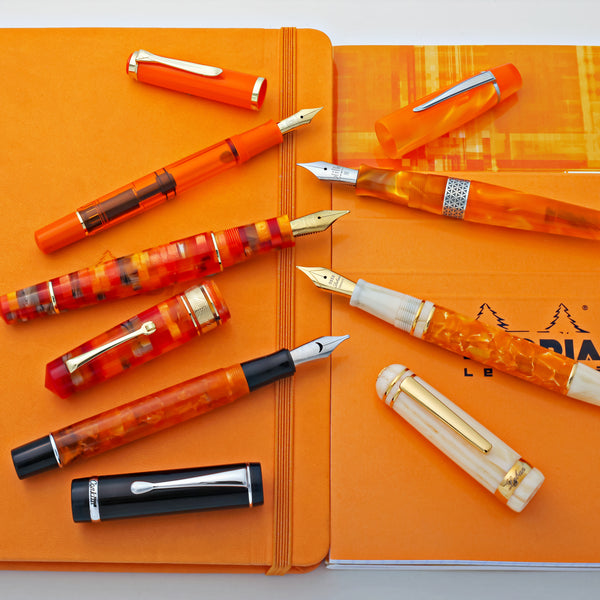As a child, I fondly remember opening the many novels on my grandmother’s bookcase to find flowers pressed inside. Pansies, zinnias, African violets, she had all kinds of petals magically frozen in time. Just like pressing flowers is a wonderful way to preserve the beauty of their blooms, storing luxury fountain pens properly can help preserve their performance and longevity. For those who appreciate the art of fine writing, owning a fountain pen isn’t just a statement, it’s a commitment to the timelessness of elegant penmanship.
The key to preserving the beauty and functionality of your fountain pen lies in proper care and storage. In this article, we delve into the fundamentals of fountain pen storage, special considerations, mistakes to avoid, and the best fountain pen cases. Whether you’re a long-time collector or are brand new to the world of fountain pens, it’s worth taking the time to learn how to properly store your most prized writing companion.





